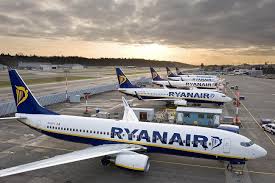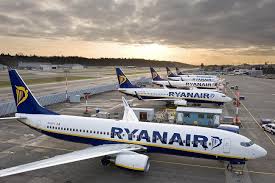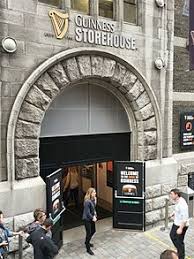Customer Experience Journey Mapping (CXJM) has become a commonly used approach for many organisations attempting to design innovative new processes that improve the experience for customers. The objective is to identify emotional “moments of truth” for different persona’s at different stages of a customer journey. For most organisations, there are many different “persona’s”, touchpoints, channels and this results in the work to map out entire customer journeys as being a lot of hard work. 
However, this does not mean that the exercise is futile. Far from it. Done well, the mapping brings to life those moments that matter to a customer (and when I say customer, you could substitute the word Employee, Partner, Citizen or Visitor just as easily). In the example below, the journey was of a patient attending a MRI Scan.

Without wishing to delve too deep into the methodology or process of the CXJM exercise, I am fully bought into the value it brings in identifying the key points that impact on a Customer Experience. Some might be obvious (e.g being routed to another Call Centre agent to whom you have to repeat all the identification process and explain, again, why you called). Others are more subtle (e.g Being forced to create an account online for what is likely to be a one-off purchase).
However, the question that I am often asked is why the process of CXJM often leads to….not a lot.
I was at a CXJM introductory event recently where the delegates were asked to put their hands up if they had ever done Journey Mapping before. Approximately 50% of the audience enthusiastically put their hands up. They were then asked whether the outcome of the exercise had been worthwhile. Again, almost all of the original hands remained up. Finally, they were asked whether they had implemented changes based on these findings. The hands in the air disappeared rapidly leaving just one or two delegates awkwardly looking around as if they had done something wrong.
This is not unusual. I often hear of organisations who “did” Journey Mapping but the output is on a shelf or in an archive file somewhere. So why is that?
Journey mapping, done correctly, identifies everything that is needed to positively impact the experience. The players, the technology, the process and policies. However, this is also where it runs into trouble. It becomes too darned tricky. It is easy to identify a problem but is not often as easy to fix it.
It may require money, time and stakeholder buy-in that exceeds the perceived value of the exercise. One of the biggest challenges is that to address any given issue requires input from a variety of sources that may be external to the initial Journey Mapping exercise. For example, what may seem like a small change to a website to a CX practitioner could require scheduled effort from Web Developers, Testers, Project Managers, Technical Analysts, Product Owners and many others. The suggestion then gets put into the “too hard” basket and is “backlogged” into the “future feature” set which, as many frustrated Change Agents know, means “never”.
So what can be done?
I believe that more realistic expectations for the success of Journey Mapping should be set by planning a roadmap for change. The roadmap should be the next step after the CXJM and should focus on multiple, incremental changes based on the output from the Journey Mapping. The most immediate changes would be those where the biggest impact can be achieved with the minimal disruption and input.
This might help avoid the time and expense of creating a Business Case. The days of Big Bang mega projects are (hopefully) in the past as the need for rapid and innovative change lends itself nicely to multiple, smaller Agile projects. However, Journey Mapping should also help identify the measurements of success that would be needed to justify any proposed change.
Perhaps the changes could be classified and viewed as per the matrix below?

So how does one know how to categorise and prioritise the changes?
Firstly, I would suggest creating an agile cross functional team, with the CX leader acting as Product Owner. By cross functional, I do not mean technical. It should be a blend of Business and Technical skills that can assess and prioritise. For this team to determine the delivery roadmap, the sponsorship of a senior leader is essential in being able to take the next steps and remove roadblocks. Being able to demonstrate success through regular small change from a customers perspective will give an impetus to the roadmap as well as delivering a tangible return on any investment.
Secondly, I would not assume that your organisation knows everything about its customers experience. Involve them. Bring in a Customer panel or forum. Interview them. Appoint customer champions. Do whatever is necessary to ensure that your roadmap WILL make a difference to your customers. In fact, I would involve customers in the Journey Mapping itself.
Finally, ensure that the roadmap achieves a consistency of Customer Experience across all channels. Your Contact Centre can be the best in the world but if you then look to migrate people to lower cost channels where it takes twice as long to transact, then there is an inevitable impact on customer satisfaction.
As Confucius once said, “A journey of a thousand miles starts with one small step”. Make sure that you have the roadmap for your journey and then be brave enough to take that first step. I look forward to hearing more clients starting to get great outcomes from their Journey Mapping.
Go on. Share It - you know others will like it:


















